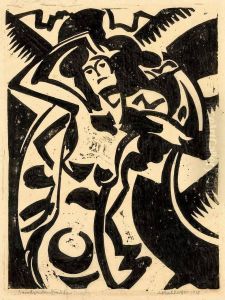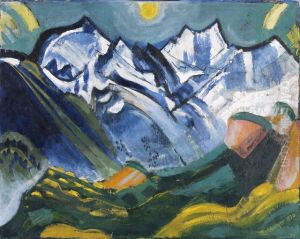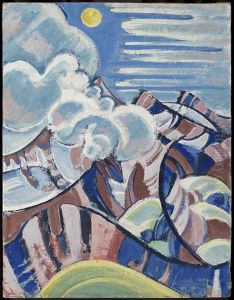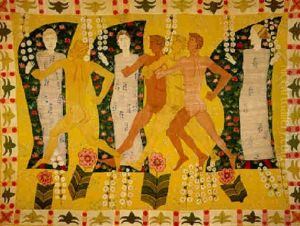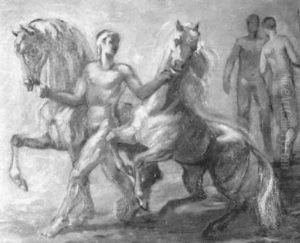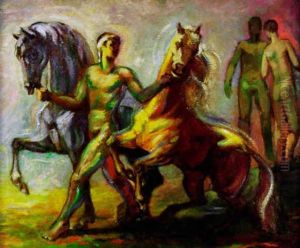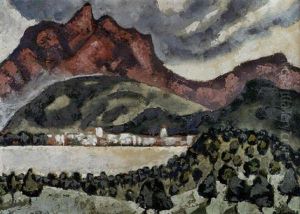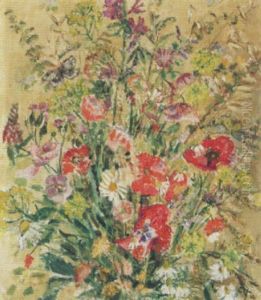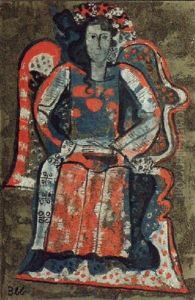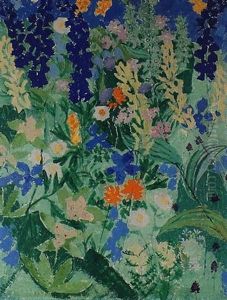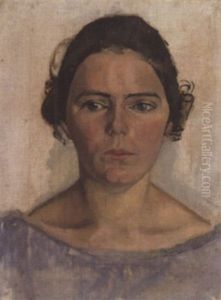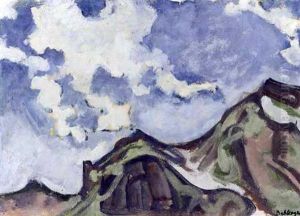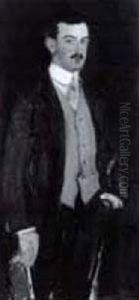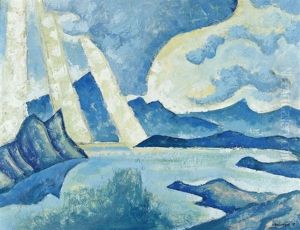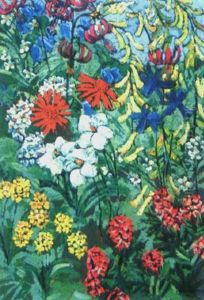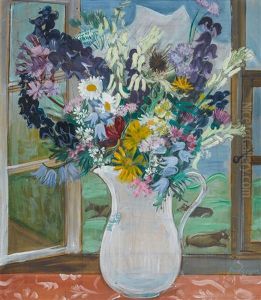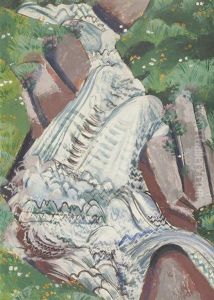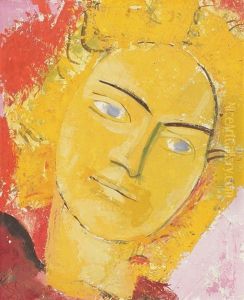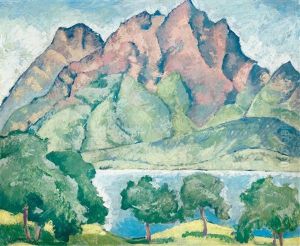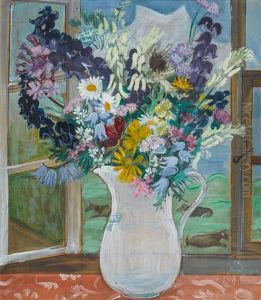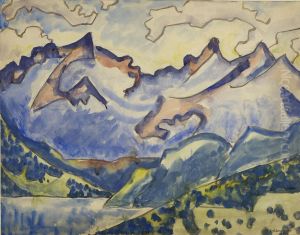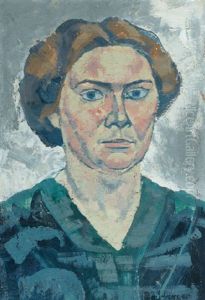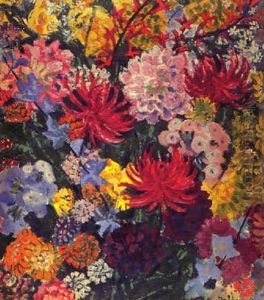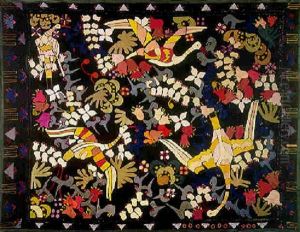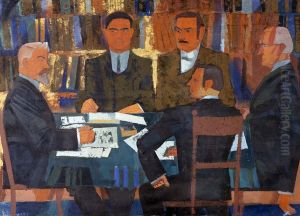August Babberger Paintings
August Babberger was a German painter who played a significant role in the German Expressionist movement. Born on August 1, 1885, in Mannheim, Baden, Germany, Babberger began his artistic journey at an early age. His initial training was at the Karlsruhe Academy of Fine Arts under the tutelage of Friedrich Fehr and Hans Thoma, two well-regarded German artists of the time. From there, he went on to study at the Academy of Fine Arts Munich, which was an important center for artistic development in Germany.
Babberger's work was predominantly influenced by the Expressionist movement, which was characterized by its emphasis on emotional experience over physical reality. The movement sought to express the meaning of emotional experiences rather than physical reality. Babberger's paintings often featured bold colors, distorted forms, and a strong sense of dynamism, reflecting his desire to convey intense emotional states.
During his career, Babberger was associated with several artistic groups that were instrumental in shaping the landscape of modern art in Germany. He participated in exhibitions and was active in the art community, contributing to the dialogue that was defining the avant-garde of the early 20th century.
Unfortunately, Babberger's career was cut short by his untimely death. He died on July 28, 1936, in Gutach im Breisgau, Germany, at the age of 50. Despite his early death, his work remains a testament to the power and influence of Expressionism in German art. Today, Babberger's paintings can be found in various art collections and museums, where they continue to be studied and appreciated for their vibrant energy and emotional depth.
